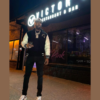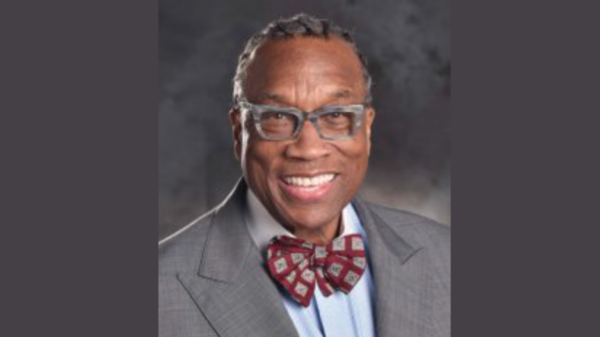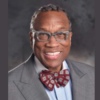
By Aria Brent
The Black community has truly mastered the art of storytelling. Using art as a form of communication and documentation is nothing new— we tell our stories with the written word, songs, dance— and yes, even via the very hair on our heads.
Whether it be a voluminous Afro, Senegalese twists, waist length locs or a high top— Black fashion has been used for years to tell stories.
“We weren’t given much, but we used what we had and it became trendy and iconic,” said Alexis Noble, a Mississippi native and creative director who has witnessed the influence of Black fashion first-hand. “[Black fashion] has become the go-to source for what we’re seeing in society today.”
With a degree in fashion merchandising from Hinds Community College in Jackson, Miss., she’s been able to actually live and study the stories told through Black hair and clothing.
“I’m very connected to the seventies and eighties. I seem to pull a lot of inspiration for my set designs and trends from that era. I feel like that was a rebellious time. People were free and exploring and living in their true selves. Fashion during those times was a way of escaping, ” stated Noble.
Believing that Black fashion and the story it tells is rooted in survival, Noble said that clothing and hair have been used for centuries to make a statement and carry on the stories of our ancestors.
“We have definitely used clothing as a symbol and we’ve done it with graphic tees, earrings, tote bags, even shoes,” said Noble. We’re making it known what we stand for [and] what we don’t care for! It’s being verbally communicated through our accessories and our apparel.”
Tinde van Andel is an ethnobotanist for the Naturalis Biodiversity Center, Leiden and Wageningen University in the Netherlands and has done a series of research projects about the Maroon people and how they used hair braiding to preserve themselves, and their culture.
During the Trans-Atlantic slave trade, braided hairstyles doubled as a way of storing rice granules so the enslaved could eat them throughout their journey. Once on land, braids continued to help slaves survive, as they were sometimes used to create maps that led to freedom.
Although braids are now used as a protective hairstyle and viewed as something to be worn for fashion purposes, a fresh set of cornrows still boosts Black self-esteem and culture.
April Dudley, CEO of CoverTheChaos, discussed the resurgence of braids within the last decade.
“Braids are economical,” said Dudley. “For families who have a lot of children, they’re ideal because of how long they last. You can wear braids for a few weeks up to a month or two and that really helps.”
However braids allow Black people to do so much more than just survive. They’ved provided a space for self expression and creativity through both everyday wear and events such as hair shows.
Events such as the Bronner Brothers Hair Convention have created a space for Black people in the fashion industry to showcase their talents, express their creativity and tell stories through hair. The daring hairstyles created at these events can be considered a form of resistance against White beauty standards.
The afro has long been a symbol of Black people liberating themselves. Prior to the Black Power Movement, many Black people weren’t wearing their natural hair. When they began to do so it represented the demand for respect and civil rights that was beginning to happen saidEulanda Sanders, a professor of textiles and clothing,and chair of the Department of Apparel, Events, and Hospitality Management at Iowa State University. Sanders is focused on symbolic meanings of Black appearance.
“When the afro came around it showed that we as Black people can also wear our natural hair despite how it might look to White people,” said Dudley. “It gave an image that is constantly associated with what it means to be Black.”
Jayden Ward, a senior fashion merchandising major at Kent State University in Kent, Ohio., commented on just how rebellious Black fashion can be. She spoke with the AFRO about recent fashion trends that have allowed Black women to reclaim their femininity.
“Black women oftentimes have this masculine energy forced onto them but things like the luxury and soft girl aesthetics have helped us showcase ourselves as feminine. We’re taking charge of our own identity,” Ward said.









